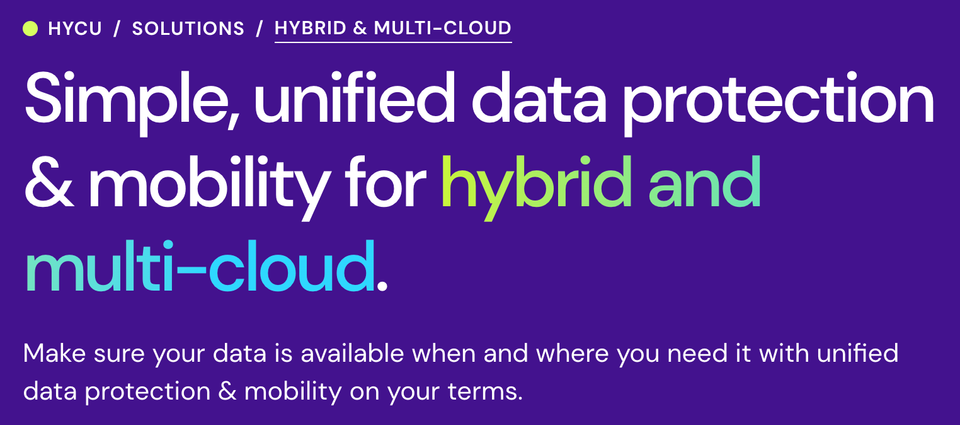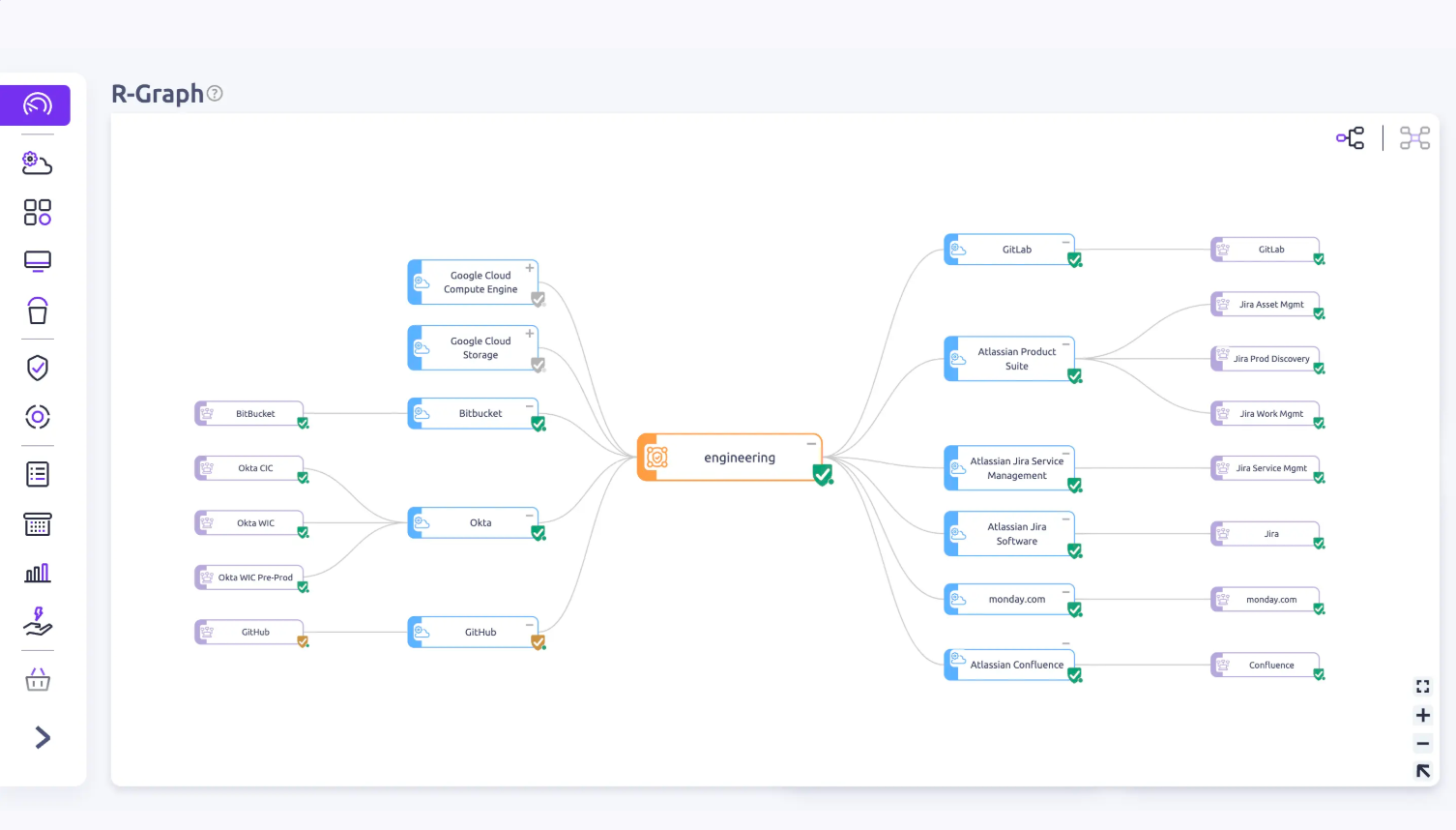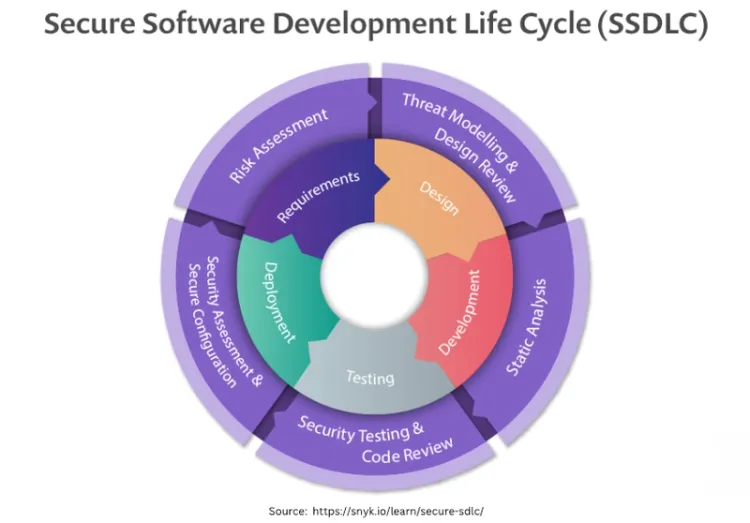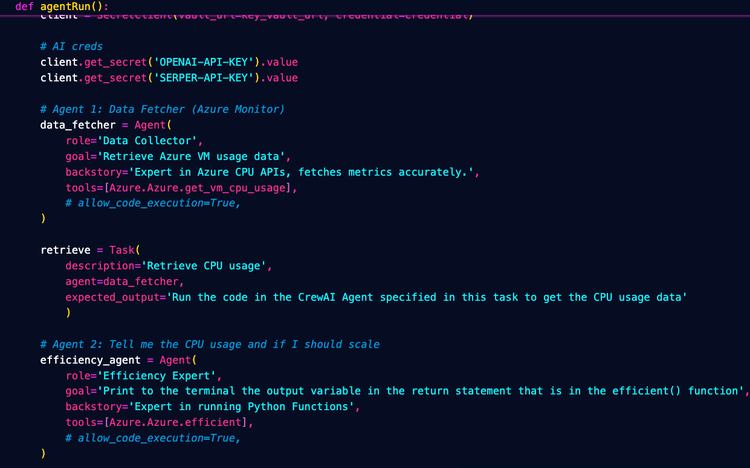Data Protection For Hybrid Cloud

Hybrid cloud means your data is in at least two different locations - on-prem and in some public cloud. That means you now have two key places that you need to protect, govern, and ensure accuracy. For many organizations, that means multiple tools, platforms, and architecture design plans.
Instead, having one tool that helps across both environments provides far greater efficiency and less configuration sprawl.
In this blog post, you'll learn one method of implementation for this need with HYCU.
Why Data Management Matters
Data exists in many shapes and sizes including:
- Code on GitHub.
- Fileshares on a Windows Server.
- Cloud storage in AWS S3 or Azure Storage.
- Data sitting on a hard drive on your computer.
and A LOT more endpoints.
When it comes to hybrid cloud, you have to think about what data looks like both on-prem and in the public cloud. For example, your backup plan for SANs in your data center is going to be drastically different than your backup plan for data in Azure Storage. Taking it a step further, the plan you implement for how many data centers you're using for fault tolerance is going to be different than implementing a cross-region architecture within a cloud environment.
Architecting a hybrid cloud scenario means you need better data management.
Enter HYCU.
HYCU Breakdown
HYCU takes an interesting approach to data management as a whole because it gives you this almost "central API" for all things data. If your data is in AWS S3, Azure Storage, on-prem, or even in source control, you can see it all in one location. That "one location" shows you how all of your data endpoints are connected in whichever way.

From a hybrid cloud perspective, this makes a lot of sense. Let's think of a particular scenario. Say you're in an Azure environment and on-prem, you're using Azure Local to run Azure Kubernetes Service (AKS) clusters locally. That means your storage is local as well. On the flipside, you have AKS clusters ready in the public cloud for your on-prem AKS cluster to burst out to. That means there are a lot of data endpoints and more importantly, data that needs to traverse from one location to another. You need to see that "path" just in case any issues occur.
HYCU gives you that ability.




Comments ()